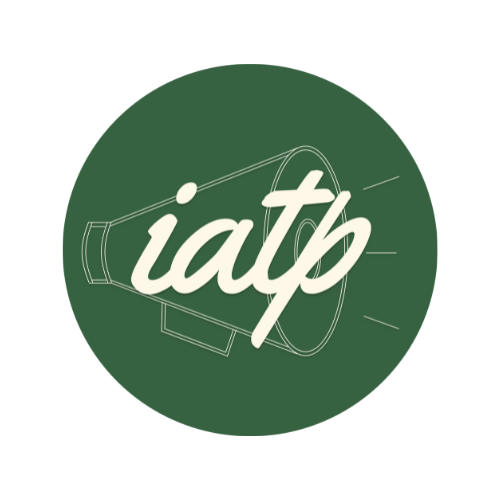A Guide to Building Relationships & Connections in PR
Communication is key.
That’s what they say. Whether related to personal relationships or professional ones, communication is an integral tool to acquire your desired goal whatever it may be.
Have you ever been shot down by a journalist, reporter or other professional after a chat?
Maybe they needed to find the pitch that fit for their work or you didn’t build a valuable relationship. Effective communication depends on developing and preserving connections with journalists, reporters, and editors. The media is already pretty occupied, rushing from one job to the next. The harsh reality for us is that not every pitch or news release that is shared with reporters will be seen by them.
Professionals will be more likely to trust you, your agency, and your client if you have long-term, mutually beneficial connections. They may even approach you first for future chances.
Do you want to build valuable relationships and ramp up long lasting connections? Don’t worry. We’re here to enlist some guaranteed tips to foster your connections:
Engage them with your personal stories
Always remember one thing: You’re not a robot. You’re a human being. Apart from work, we all have lives. We have highs and lows. Sharing your personal stories and having a casual conversation aside from your work agenda is a powerful tool for keeping the professional engaged in a conversation. At the same time, it helps you to establish trust and connection with them.
DISCLAIMER: There’s a sweet spot between sharing personally and sharing too much. Make sure you don’t freak them out!
2. Take out time for informal meet-ups
Once you've established an online relationship with your journalist, move your efforts to an in-person meeting. This is always preferable in terms of communication and bonding. Attend meet-ups and events to get to know each other. Anyone who is inclined towards the introverted side helps them break the ice.
Every day, journalists are subjected to hundreds of pitches. They won't remember you or your story unless they get to know you personally. So try to meet them in person or virtually in order to build a stronger relationships.
3. Active listening
Active listening is a vital aspect of building relationships since it promotes openness, honesty, and success. By demonstrating that you are paying attention to the other person in the conversation, you foster trust and give them the impression that their opinions matter to you.
Listening entails doing your research on the journalist, reading their previous articles, learning how they prefer to be contacted, and comprehending their interests. You can only expect to build a relationship with an editor or reporter if you LISTEN to what's important to them.
4. Critical feedback
You can talk all you want about improvement and growth, but you need to know how to give constructive criticism to others and how to accept criticism yourself to be able to get past where you are right now. Giving others feedback paves the way for developing a closer connection.
You have the chance to address particular problems that might be impeding your professional development when you get input from others. Feedback ultimately is about perspective, and it will teach you to view things from other perspectives. You shouldn't constantly email your contact list in bulk (otherwise, you'll start to lose contacts like crazy). But if you truly need their opinion or guidance, don't be afraid to ask. Always be polite, ask after them as well, and finish with a thank you.
5. Solution based mindset
The solution-focused approach is a way of thinking and acting that is concerned with the future and its objectives. It is distinct from problem-oriented thinking, which focuses on the problem or why it arose. The method is also strongly associated with interactive dialogue. It focuses on listening to and understanding all parties involved on an equal footing while moving forward constructively in a respectful environment. For example, suppose a journalist has a problem with a report and you both sit down to solve it. Working on resolving an issue nurtures empathy and trust, which are essential tools in fostering a relationship.
6. Get connected through Social Media
In the digital era, social media is one of the major forms of communication and building connections. According to Cision's State of the Media Survey 2015, 62% of reporters use Twitter to build relationships, while 65% use Facebook to do so. Similarly, 15% of story pitches are received via Twitter, while 16% are received via Facebook.
Typically, relationships with journalists are developed through formal channels, but when reporters are contacted via social media, it may be perceived as a more personal approach. Good journalists know when an opportunity arises to seize it, and fortunately for us, they are increasingly turning to social media to locate fresh sources and stories.
You don't have to be a celebrity to make an impact. And you don't have to do it all by yourself. You can nurture relationships with journalists and collaborate with them to produce coverage that creates an impact on their audience. However, it does not happen overnight. Before anything else, you must invest time and energy in the right places, build relationships, and position yourself at the helm of your own newsroom!


